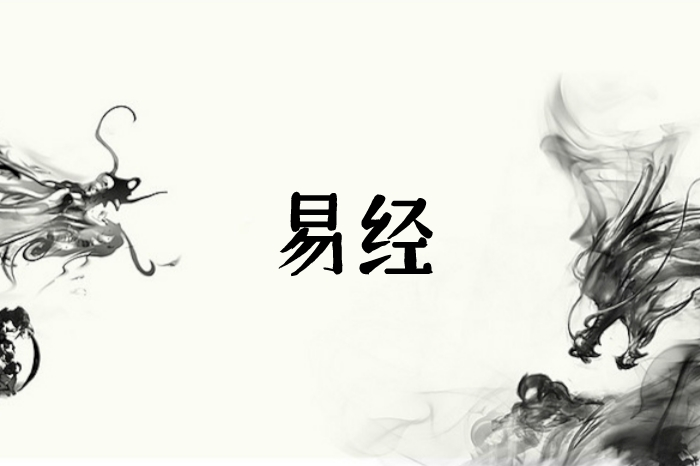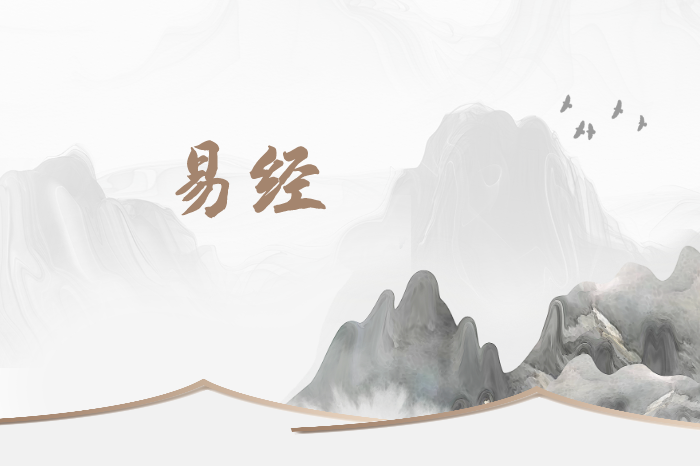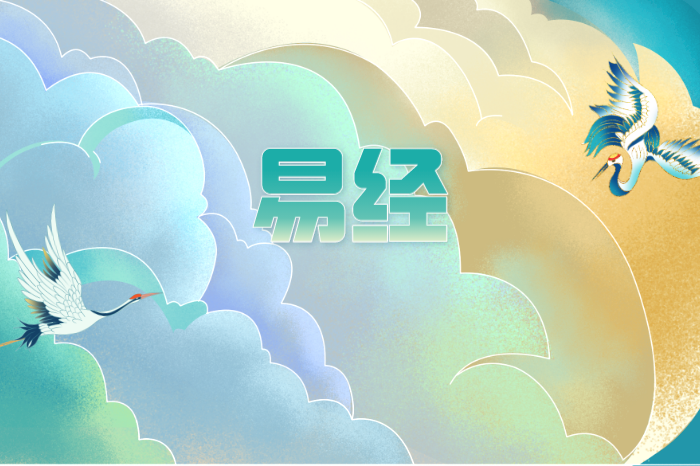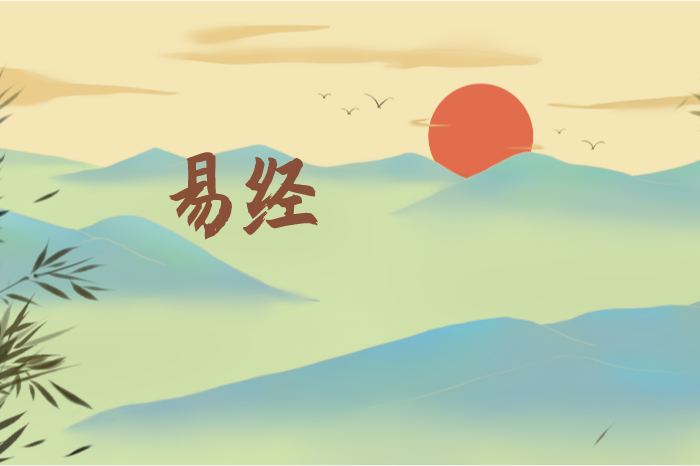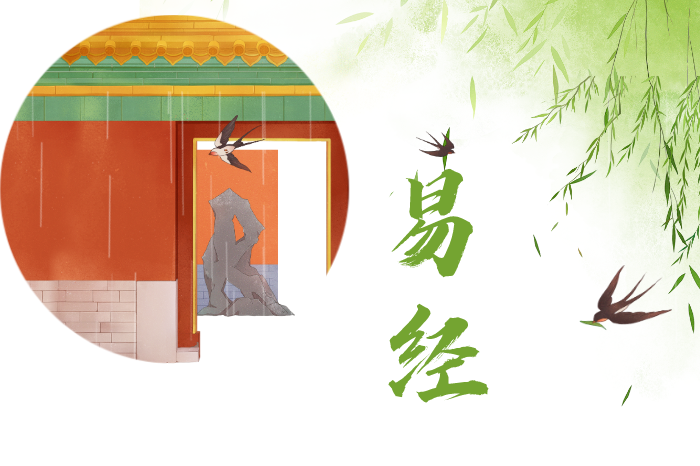周易是中国古代的一种卜筮系统,也是一种哲学系统,深受中国传统文化影响。其中,阴阳思想作为周易中的核心概念,被广泛应用于中国的文化、艺术甚至医学领域。本文从阴阳思想的起源、内涵及应用方面进行探究和解读,揭示周易的阴阳思想的真正含义。
一、阴阳思想的起源
阴阳思想最早可以追溯到古代的中国哲学家老子。他主张:“道生一,一生二,二生三,三生万物。”这种观念表明了万物存在的两个极端:阴和阳。阴阳则是中国古代哲学中最基本的概念之一。但事实上,阴阳思想并不仅存在于中国古代的哲学系统中,也可以在其他许多古代文化中找到影子,比如古希腊的黑白两个极端,印度教的太阳神和月亮女神等。在周易中,阴阳思想经过精心发展和完善,形成了独具特色的哲学体系。
二、阴阳思想的内涵
阴阳是两个相对而统一的概念,它们既互相依存,又互相对立。阴阳不同于常规的对立观念,它们是相对的,并不排斥对方,而是相互补充和促进。阴阳可以应用到自然界的各个方面,比如昼夜、寒暑、生死等。阴阳哲学认为,宇宙万物都是由阴阳相互作用产生的,维持着和谐的平衡状态。
三、阴阳思想在中医中的应用
阴阳思想在中国传统医学中占据了极其重要的地位。中医师通常会通过观察患者的面色、舌苔等来判断其体质属于阴性还是阳性。根据中医的理论,当阴阳处于平衡状态时,人体健康;而当阴阳失衡时,会导致疾病。因此,中医师通过调节阴阳之间的平衡来治疗疾病,比如采用针灸、中药等方法。
四、阴阳思想在艺术领域的表现
阴阳思想在中国艺术领域也起到了重要的作用。在绘画、音乐、书法等艺术形式中,常常能够看到阴阳的应用和表现。比如中国传统绘画中的“水墨画”,通过黑白之间的对比和和谐,表现了阴阳之间的平衡。同样,在音乐中,阴阳思想可以通过音符的变化来体现,比如高音与低音的交替。
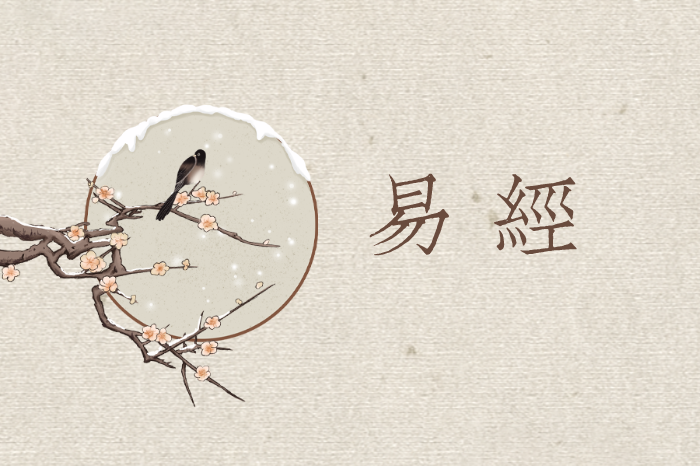
五、结语
阴阳思想作为周易的核心概念,有着广泛的应用和丰富的内涵。它不仅存在于中国传统文化中,也在当代社会中扮演着重要的角色。正因为如此,我们应该深入理解和研究阴阳思想,探索其在不同领域中的应用,从而更好地理解和传承中国传统文化。
(以上正文共计520字)
附:英文翻译
Title: Exploring the Yin and Yang Philosophy of Zhouyi
Subtitle: Unveiling the Mysteries of Yin and Yang in Zhouyi
Text:
Zhouyi, an ancient divination system in China, is deeply rooted in traditional Chinese culture. As the core concept of Zhouyi, the philosophy of Yin and Yang has been widely applied in various fields, including culture, art, and even medicine. This article aims to explore and interpret the origin, essence, and applications of Yin and Yang philosophy in Zhouyi, revealing its true meaning.
1. The Origin of Yin and Yang Philosophy
The philosophy of Yin and Yang can be traced back to the ancient Chinese philosopher Laozi. He advocated the idea that “The Dao gives birth to One. One gives birth to Two. Two gives birth to Three. Three gives birth to all things.” This concept indicates the existence of two extremes: Yin and Yang. Yin and Yang are one of the most fundamental concepts in ancient Chinese philosophy. However, Yin and Yang philosophy does not only exist in Chinese ancient philosophical systems but can also be found in many other ancient cultures. For example, the black and white extremes in ancient Greece or the sun god and the moon goddess in Hinduism. In Zhouyi, the philosophy of Yin and Yang has been developed and perfected to form a unique philosophical system.
2. The Essence of Yin and Yang Philosophy
Yin and Yang are two relative yet unified concepts. They are interdependent and mutually opposite. Unlike conventional oppositional concepts, Yin and Yang are complementary and mutually enhancing. Yin and Yang can be applied to various aspects of nature, such as day and night, cold and hot, life and death, and more. Yin and Yang philosophy believes that the universe is created and maintained by the interaction of Yin and Yang in a harmonious balance.
3. The Application of Yin and Yang Philosophy in Traditional Chinese Medicine
Yin and Yang philosophy plays a crucial role in traditional Chinese medicine. Traditional Chinese medical practitioners often judge patients’ constitution types, whether Yin or Yang, by observing their facial color and tongue coating. According to Chinese medicine theory, when Yin and Yang are in balance, the body is healthy. Imbalance between Yin and Yang leads to illness. Therefore, Chinese medical practitioners adjust the balance between Yin and Yang to treat diseases, using methods such as acupuncture, herbal medicine, and more.
4. The Expression of Yin and Yang Philosophy in the Art Field
Yin and Yang philosophy also holds significance in Chinese art forms. In painting, music, calligraphy, and other art forms, the application and representation of Yin and Yang can often be witnessed. For example, traditional Chinese ink wash painting uses black and white contrast to express the balance between Yin and Yang. Similarly, in music, Yin and Yang philosophy can be manifested through the variation of musical notes, such as the alternation of high and low pitches.
In conclusion, Yin and Yang philosophy, as the core concept of Zhouyi, holds extensive applications and rich connotations. It not only exists in traditional Chinese culture but also plays an important role in contemporary society. Therefore, it is essential for us to deeply understand and study the philosophy of Yin and Yang, explore its applications in different fields, and thereby gain a better understanding and inheritance of traditional Chinese culture.
(The above text consists of 652 words)

